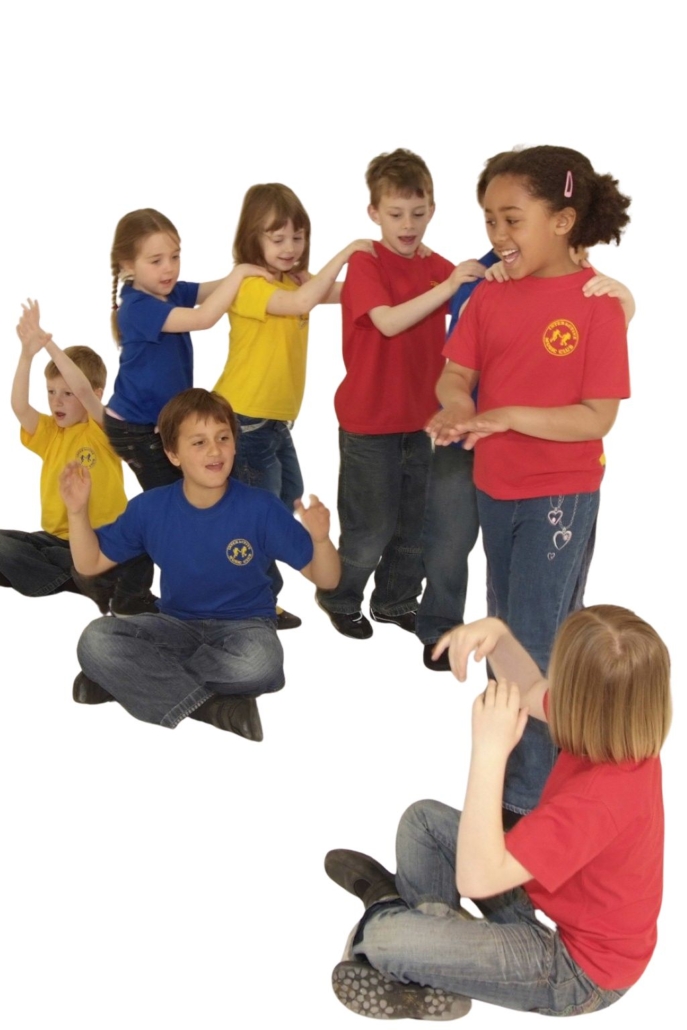How Active Music aligns with the Model Music Curriculum (Key Stage 1)
How Active Music aligns with the Model Music Curriculum (Key Stage 1)

The Model Music Curriculum (MMC) outlines four key areas for KS1:
1. Singing
MMC Requirements:
- Sing a broad range of simple songs (in tune and with expression)
- Develop clear diction, control of pitch, and musical phrasing
- Begin to sing in parts (e.g., simple rounds)
How Active Music Aligns:
Singing is at the heart of every Active Music lesson
Children learn songs, chants, singing games, rounds, and canons — all carefully chosen for vocal range and developmental stage. Solfa (do, re, mi) and hand signs help with pitch accuracy and confidence
Video modelling ensures teachers and pupils see and hear clear examples of quality singing
Singing in parts and rounds is gently introduced with call and response, echo songs, and simple layering
2. Listening
MMC Requirements: * Active Music has a focus on musical development and covers 4 out of the 6 half term periods, leaving space for teachers to provide listening experiences of music from all styles, cultures and time periods. Listening is more to themselves, each other and the teacher.
- Develop active listening through diverse musical styles and traditions
- Identify instruments, musical features, and changes in music
- Listen with concentration and understanding
How Active Music Aligns:
Active Music includes regular “Listen and Respond” activities using music from different styles, and cultures
Children play and learn about different instruments and the sounds they make. They can identify fast, slow, loud, soft and create textures.
Videos model focused listening behaviours — children learn to listen carefully to themselves and each other and respond physically or with movement to what they hear
Children learn musical vocabulary through the teacher making musical elements conscious, after they are naturally engrained in their subconscious through singing and playing.
3. Composing
MMC Requirements:
- Improvise simple patterns using voices or instruments
- Create short sequences with beginning, middle, and end
- Use symbols to represent sound (graphic notation)
How Active Music Aligns:
Children are encouraged to create rhythms, compose simple melodic patterns, and invent new lyrics spontaneously within games
Lessons introduce body percussion, improvisation and learning the rhythm signs for Ta, Te-Te and rest (crotchet, quavers and rests) as well as So, Mi and La notation, which they use to compose their own melodies.
Composing comes from having learnt the rhythm and pitch names and experimenting by putting them together in their own order.
Additional ways Active Music supports the MMC
4. Performing
MMC Requirements:
- Use voices expressively and perform with control
- Play untuned and tuned instruments with rhythm and control
- Rehearse and share simple pieces with others
How Active Music Aligns:
Every game and song provides a natural performance opportunity — in front of the class, in groups, or as a whole class.
Untuned percussion (e.g., claves, tambourines, hand drums) is used in all the instrumental lessons
Tuned instruments (like chime bars or glockenspiels) are gradually introduced using solfa and simple patterns and also to accompany their singing.
Children practise, repeat, and share performances — with video examples showing real children performing to build confidence
- Progression: Clear skill-building from Reception to Year 6, in line with MMC’s spiral curriculum
- Musical Elements: Pulse, rhythm, pitch, tempo, dynamics, timbre, structure, texture — all introduced gradually through games and songs
- Inclusive and Accessible: Non-specialist teachers can deliver MMC-aligned lessons confidently with video support, structured plans, and downloadable resources
- Fun and interactive: Lessons are playful and child-led — but every activity is grounded in musical development
Conclusion
Active Music fully supports the aims and outcomes of the Model Music Curriculum at Key Stage 1.
It offers a complete, progressive, and fun approach to developing musical skills — making music simple for teachers and exciting for children.

